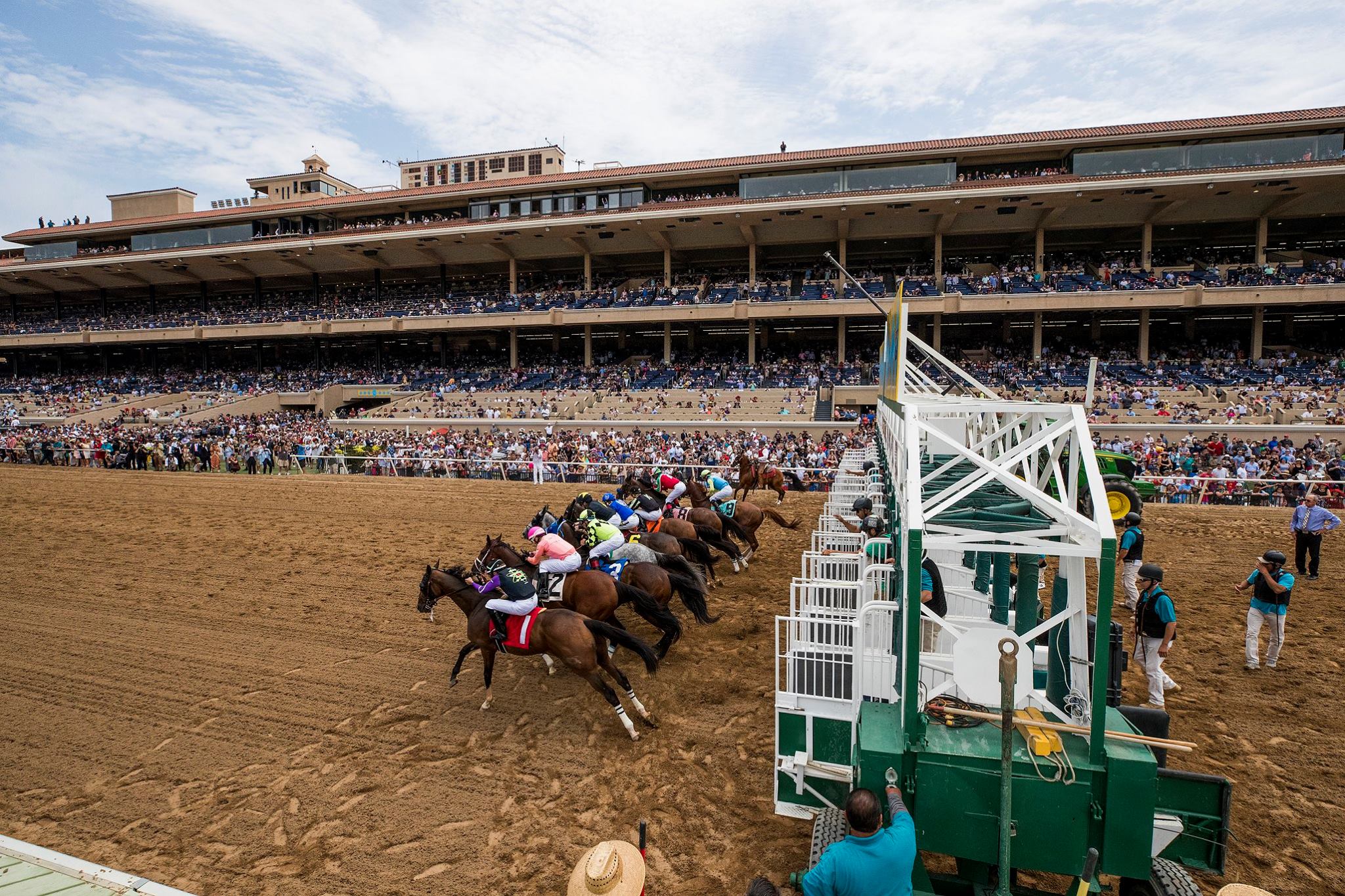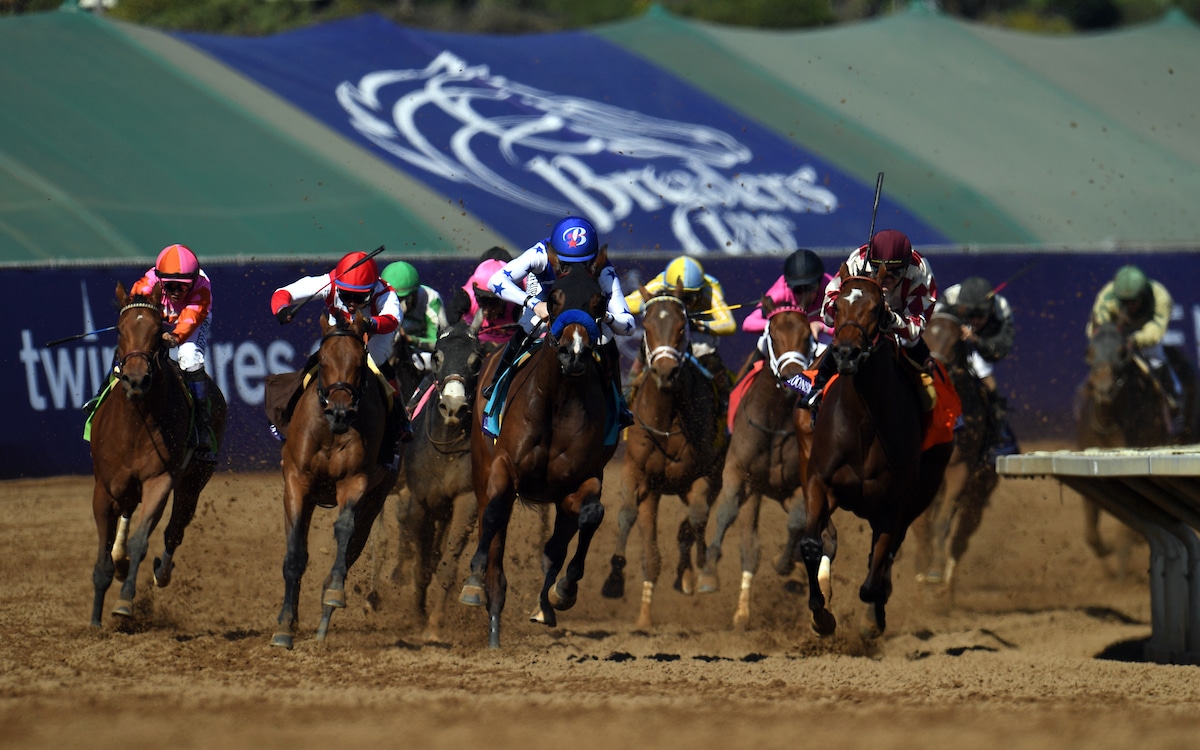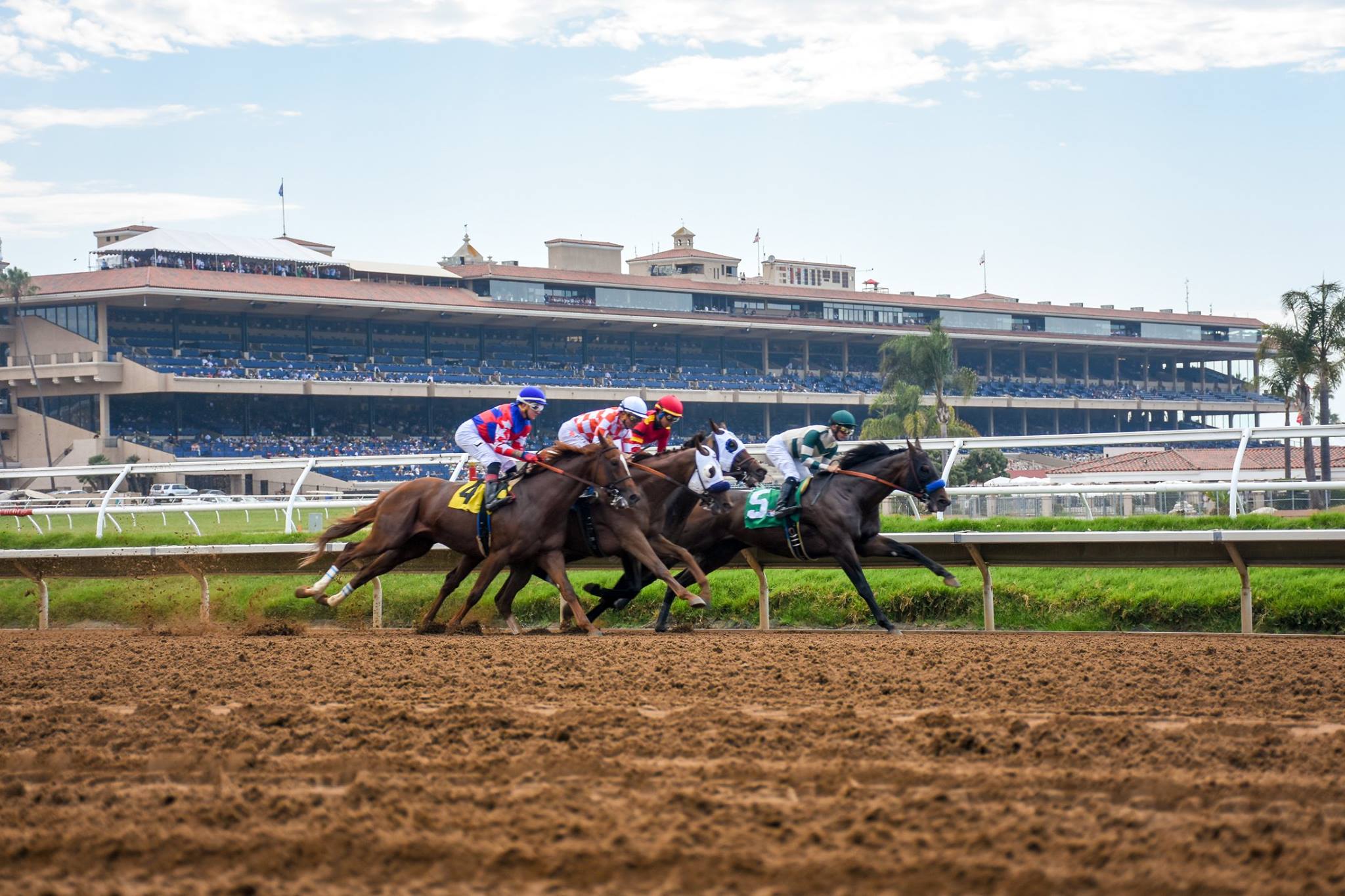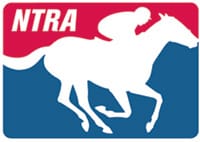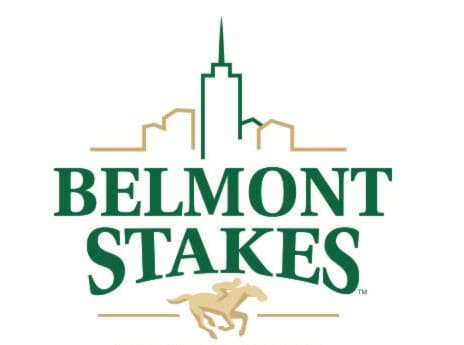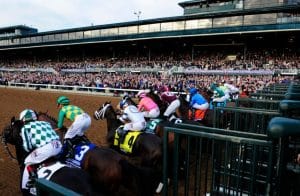
The Jockey Club held the 66th Round Table Conference on Matters Pertaining to Racing on Sunday, August 12, at The Gideon Putnam in Saratoga Springs, N.Y. (Photo credit: Breeders’ Cup Ltd.).
In response to findings from McKinsey & Company’s latest analysis of the Thoroughbred industry, Stuart S. Janney III, the chairman of The Jockey Club, announced at this morning’s Round Table Conference on Matters Pertaining to Racing that The Jockey Club will look to support several industry initiatives in an effort to improve the sport and foster fan development.
Dan Singer, leader of the Global Sports and Gaming practice for McKinsey & Company, and Mike Salvaris, a senior external advisor for the organization, presented their findings earlier at the conference, which was held at The Gideon Putnam in Saratoga Springs, N.Y.
Singer and Salvaris focused on four key areas of potential fan development in their report, which was commissioned by The Jockey Club:
- Ensuring Major League Cities have Major League Tracks
- Digital Fan Development and Engagement
- Advanced Analytics
- Capitalization on the Legalization of Sports Betting
Singer noted the importance of the track experience in developing new fans. More than 60% of fans say that the most significant driver of their becoming a fan was their friends or relatives taking them to the track.
“Other major league sports have dramatically raised the bar on the game-day experience, with amenities such as nightclubs, bars that allow social viewing of the game, and non-stop interstitial entertainment,” said Singer. “We believe it is imperative for the future of racing that the industry innovate and upgrade the track experience in the major population centers.”
Regarding digital fan development and engagement, Salvaris revealed that horse racing’s online engagement on social media platforms lags compared to other major sports’ and that racing needs to do a better job of capturing fan data from social media to create targeted, personalized digital marketing campaigns.
Singer then led a discussion with Chris Pollak, head of Sales Strategy & Operations for Google, who discussed how Google can be used to identify and learn about potential customers as well as strategies for effectively marketing to customers. Knowing a customer’s digital footprint aids in the marketing process.
“Understand your audience and break it down into specific segments by their interests, and speak to them based on their interests,” said Pollak. “Be authentic, consistent, and experiment and learn relentlessly, every day. Be specific in what your objectives are.”
Salvaris touched on the utility of advanced analytics in areas such as race scheduling, takeout rates, simplifying handicapping, and adjusting trainer metrics to encourage increased entries and fuller fields. Based on McKinsey’s data, he advocated for racetracks to experiment with lower takeout rates for win, place, and show pools.
“We think [our] initial analysis makes a case for tracks to experiment with lower takeout rates for win/place/show pools, recognizing that it could take 6-12 months for bettors to adjust to new takeout rates,” said Salvaris. “In the short term, lowering takeout rates may simply lower revenue for the track and purse, with the ultimate gain in handle coming a year or more later.”
Singer closed the McKinsey portion of the Round Table with an examination of the potential effects of the legalization of sports betting on horse racing. He identified the need for racing to be cross-sold to sports bettors, innovation in the betting experience, and the introduction of fixed-odds wagering at American racetracks.
“The argument for fixed odds is that virtually all sports bets are fixed odds, and therefore sports bettors are accustomed to locking in their odds at the time they place the bet,” said Singer.
“Although pari-mutuel betting has significant advantages for the race book, many horse bettors dislike the odds changes that can happen in pari-mutuel, especially big moves in the odds just before, or even after, the race has started. The experience of Australia and the UK, which offer pari-mutuel betting in parallel with fixed-odds betting, suggests that bettors prefer fixed-odds when they have a choice.”
Jockey Club to Investigate Further
In accordance with McKinsey’s findings and recommendations, Janney stated that The Jockey Club’s board of stewards has approved further investigation into the following projects:
- Develop plans to consider becoming a track owner, lessor or partner when a racing venue is imperiled.
- Develop a capital improvement grant fund for HD (high definition) conversion.
- Expand America’s Best Racing into a full-fledged digital media services company.
- Further invest in live racing on national television.
- Fund a permanent office of race day scheduling.
- Advocate for tracks to experiment with decreased win, place, and show takeout rates.
- Partner to fund a U.S. pilot of single pool betting.
- Promote cross-marketing of sports betting and betting on horse racing
- Lobby for a fixed odds betting pilot.
“For a long time, we have consistently and comprehensively engaged on issues whenever the industry was at need,” said Janney. “Whether the start-up of Equibase or the NTRA corrective actions in the wake of a totalisator breach, providing funds for critical research and out-of-competition testing, and new fan and owner development programs, to name a few, The Jockey Club has – and will – be there for the industry.”
James L. Gagliano, president and chief operating officer of The Jockey Club, and Ian Highet, The Jockey Club’s secretary-treasurer, previewed McKinsey’s presentation with a situational analysis of the changes seen in the Thoroughbred industry since McKinsey’s 2011 study, “Driving Sustainable Growth for Thoroughbred Racing and Breeding.” The main trends mentioned by Gagliano included the shift in national handle toward races of higher quality, an increased share of handle coming through advance deposit wagering platforms, the growth of computer-assisted wagering, and improved public perception.
The conference also included a presentation by Simon Bazalgette, the group chief executive of The Jockey Club (U.K.). He provided an overview of The Jockey Club’s origins as a club devoted to improving the Thoroughbred in the 1700s to its evolution as the official governing body of horse racing in Britain and now today its largest commercial organization, which stages many of the sport’s biggest events. Today, governed by Royal Charter and with Her Majesty Queen Elizabeth II as its Patron, The Jockey Club reinvests all profits from its operations back into British racing and seeks to support the sport’s long-term health.
Bazalgette also outlined racing’s successes and challenges in the U.K., drawing comparisons to American horse racing. Among the most significant challenges he referenced were the race to keep the sport relevant on a local and global basis, addressing equine welfare concerns, and funding. He emphasized that the way horse racing is structured as a sport around the world requires authorities, stakeholders, and participants to work more collaboratively to promote the sport’s global brand, unlock its potential, and address its shared challenges.
“If we want racing to sustain, grow, and, ideally, thrive in the future in countries like the U.S. and the U.K., and others all around the world, we must find ways to give more people a reason to care about it as a sport, and not just a day out or something to bet on,” said Bazalgette. “We are up against global players such as football, Olympic sport, and F1, along with locally popular sports, leisure and entertainment properties. Can we do more together to promote racing in a globally connected world where people can access content anywhere? Can we work collaboratively to address the challenges we all face? I think the answer needs to be, ‘yes.’”
Bazalgette detailed The Jockey Club’s latest work to elevate the customer experience at its racecourses and growing the customer base. The Jockey Club U.K.’s efforts focus on making significant investments in facilities and a more data-led approach to attract the British public to attend the races, and its longer-term efforts to convert more people into fans of the sport. To meet this goal, the organization is investing in initiatives such as targeted digital content, a team racing concept, street races in major cities, loyalty programs, and championing diversity among the fans, talent and its workforce.
Laura Barillaro, executive vice president and chief financial officer of The Jockey Club, delivered the activities of The Jockey Club report. In her remarks, she announced the latest recommendation from the Thoroughbred Safety Committee, which calls for:
“All licensed racing and training facilities to include monitoring and recording information in the Equine Industry Database concerning fatalities and horses observed lame by an official veterinarian during training hours in addition to recording relevant information related to soundness issues of the horse.”
The conference was attended by approximately 300 people and was live streamed on The Jockey Club’s website. It was also shown on TVG2 and tvg.com.
A video replay of the conference is available on jockeyclub.com, and full transcripts will be available on the same site this week.
The Jockey Club Round Table Conference was first held on July 1, 1953, in The Jockey Club office in New York City. The following year, it was moved to Saratoga Springs, N.Y., where it has been held every August since.
The Jockey Club, founded in 1894 and dedicated to the improvement of Thoroughbred breeding and racing, is the breed registry for North American Thoroughbreds. In fulfillment of its mission, The Jockey Club, directly or through subsidiaries, provides support and leadership on a wide range of important industry initiatives, and it serves the information and technology needs of owners, breeders, media, fans and farms. It is the sole funding source for America’s Best Racing, the broad-based fan development initiative for Thoroughbred racing. You can follow America’s Best Racing at americasbestracing.net. Additional information is available at jockeyclub.com.

